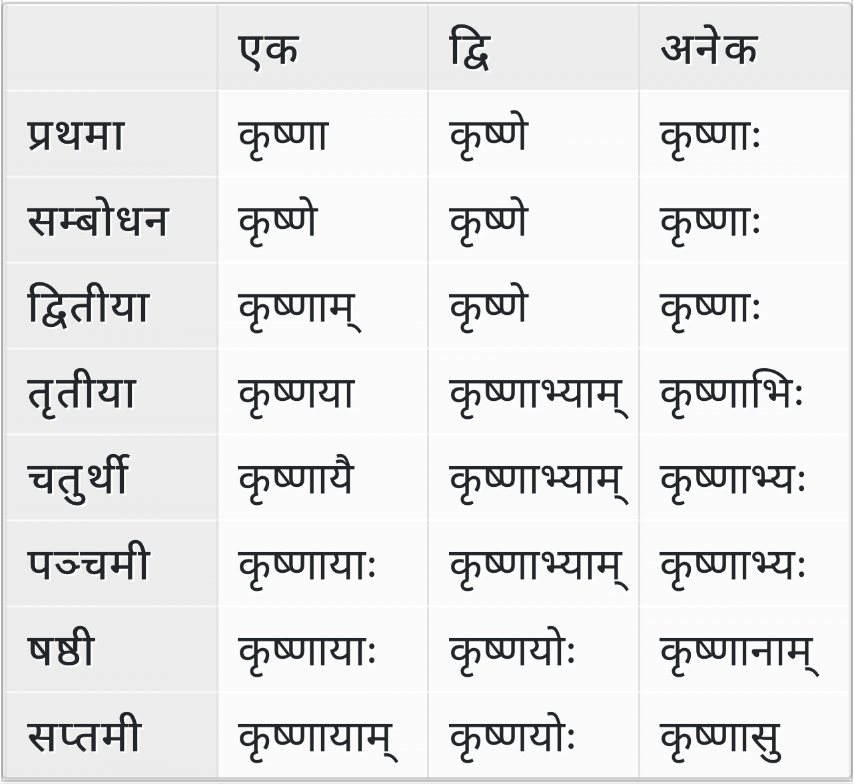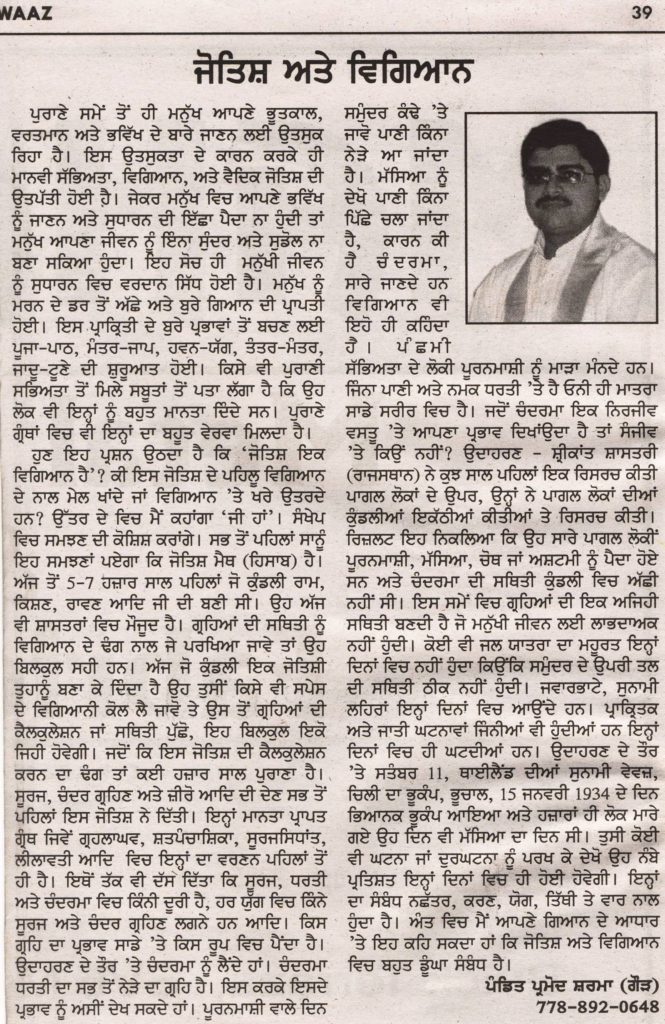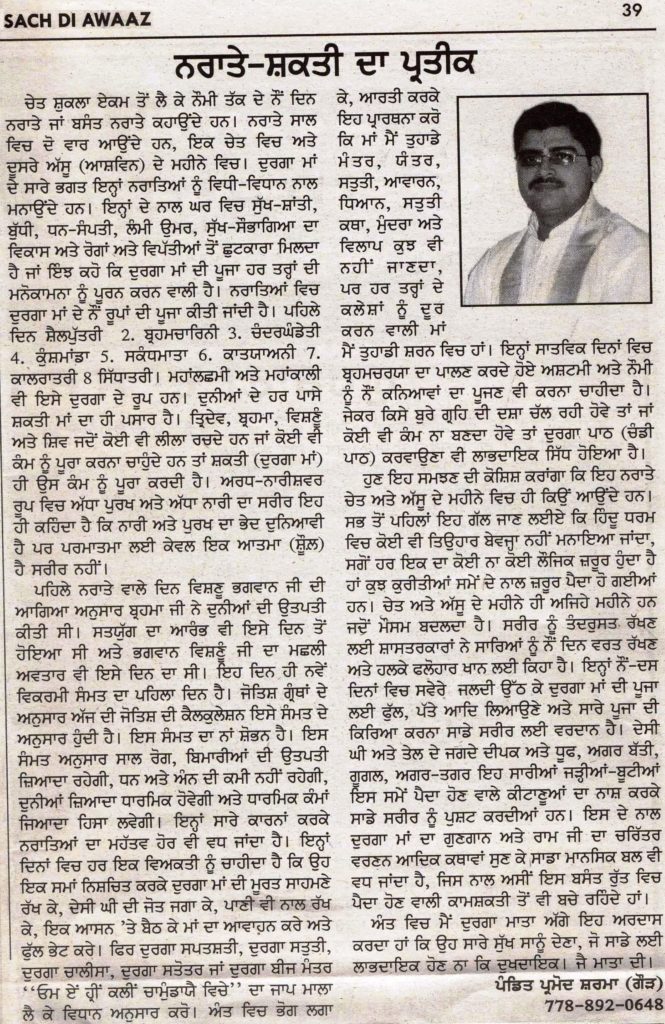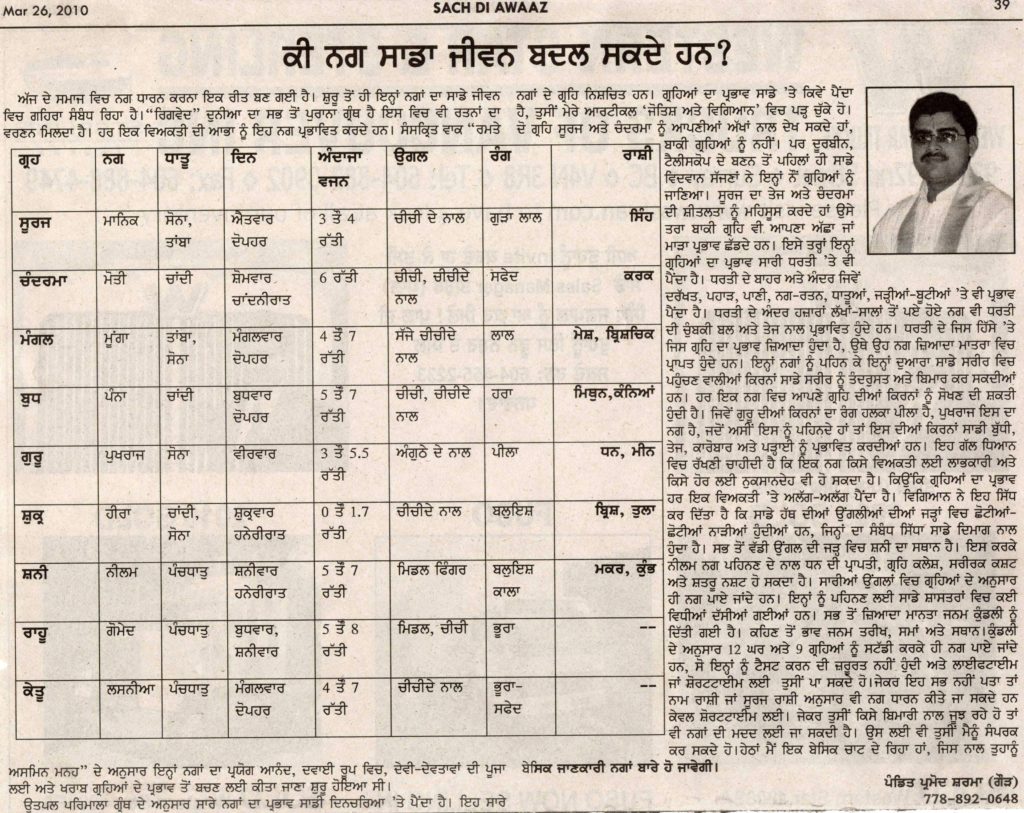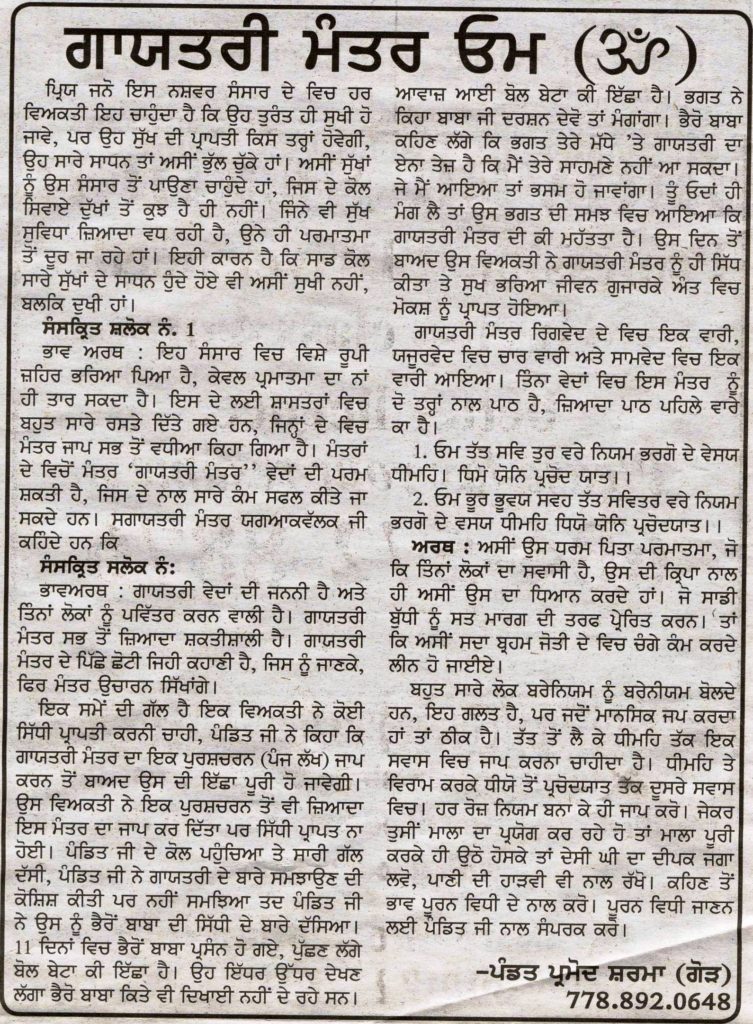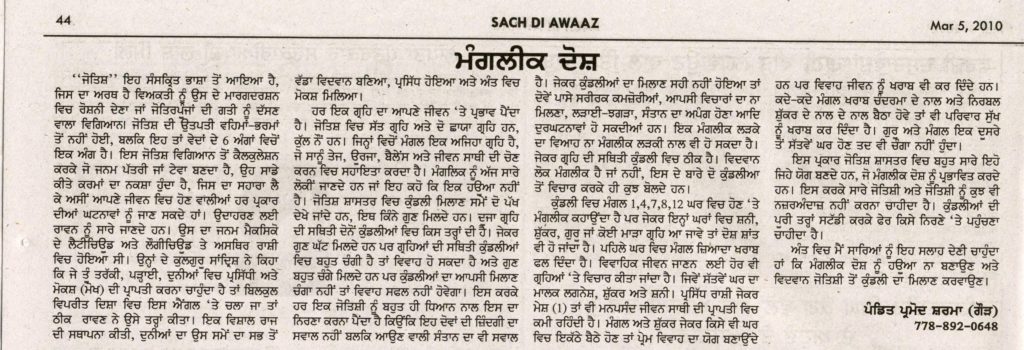I would like to request you to please stop saying KRISHNA (कृष्णा), correct word is KRISHAN (कृष्ण) NOT Krishna. Last A is silent, just to complete the word कृष्ण.
काक: कृष्ण: , महिषी कृष्णा
This is Sanskrit word, So we should pronounce as Sanskrit grammar says. There are so many words we pronounce wrong way like Dharma is Dharm (धर्म), Yoga is योग (Yoog), Karma is कर्म, Moksha is मोक्ष Moksh, Rama is Raam, Shiva is Shiv, Ganesha is Ganesh, Mahabharata (महाभारता) is Mahabharat (महाभारत), Ramayana (रामायाणा) is Ramayan (रामायण)।
Correct Bhajan:
हरे राम हरे राम, राम राम हरे हरे,
हरे कृष्ण हरे कृष्ण, कृष्ण कृष्ण हरे हरे,
Wrong Bhajan:
हरे रामा हरे रामा, रामा रामा हरे हरे,
हरे कृष्णा हरे कृष्णा, कृष्णा कृष्णा हरे हरे,
PLEASE STOP SAYING THESE WRONG WORDS.
Do you know KRISHNA (कृष्णा) means, It means DROPADI (Pandwa’s wife), because it is a Feminine word, KRISHAN or Krishn (कृष्ण) is a Masculine. If you say Krishna Krishna it means you are calling Dropadi (Feminine word) not Bhagwan KRISHAN or Krishn, just Say KRISHAN (कृष्ण), and please tell your children too.
Here I am posting two Vibhakti Roop of Sanskrit Grammar.
- KRISHAN or Krishn ( Masculine Word)
- KRISHNA (Feminine Word)
कृष्ण (Masculine Word)
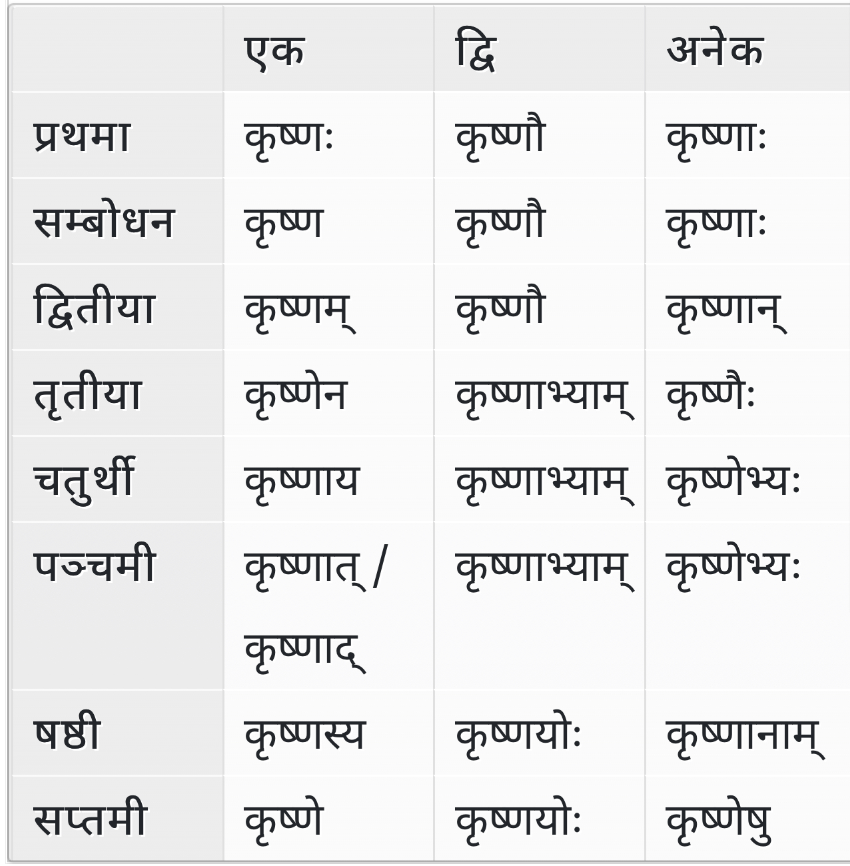
कृष्णा (Feminine word)
